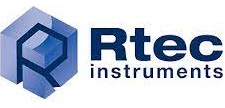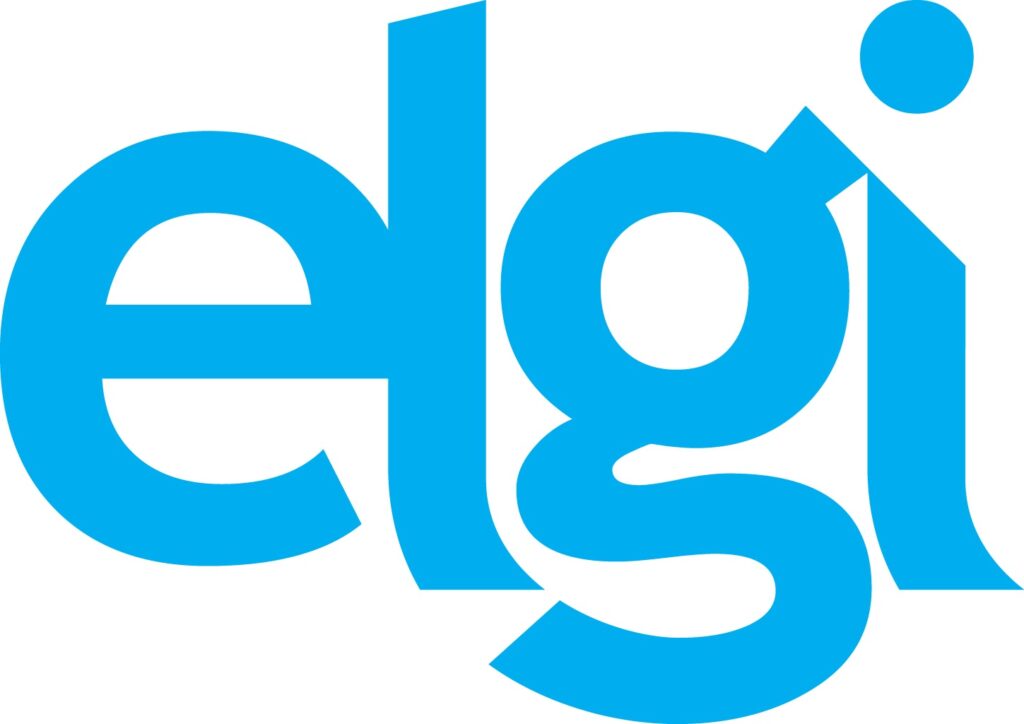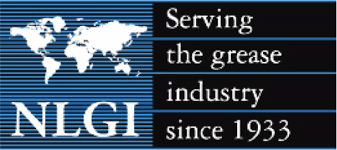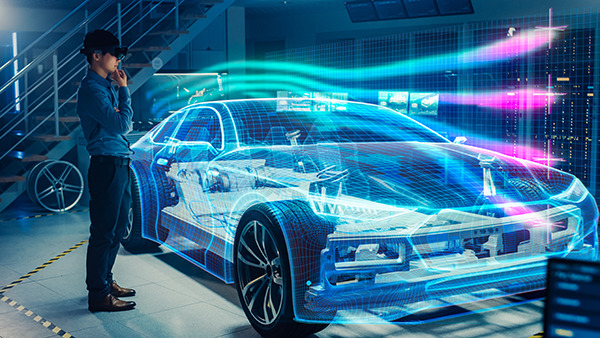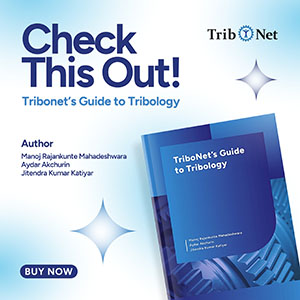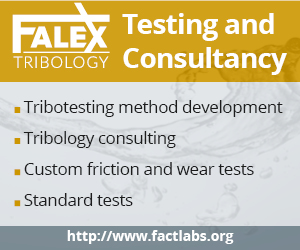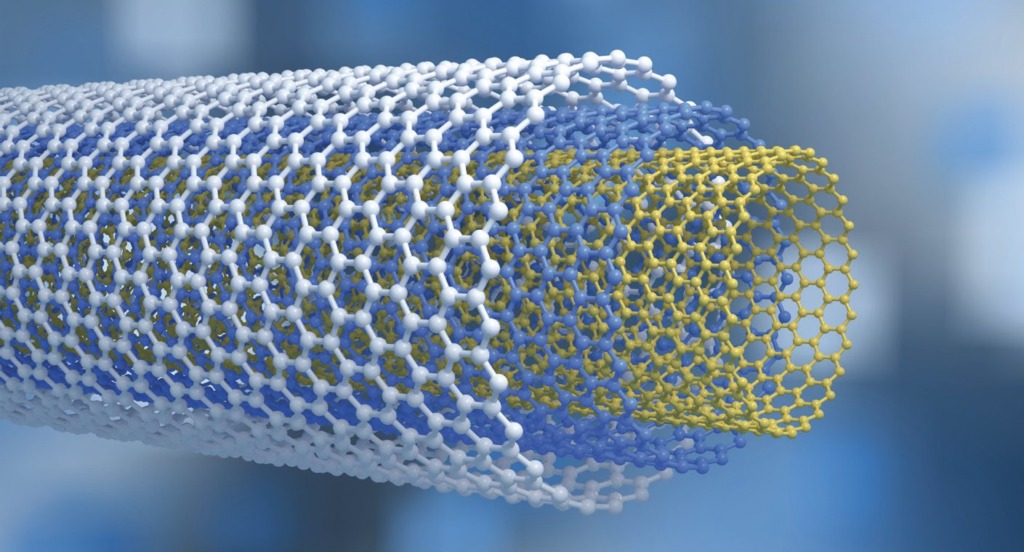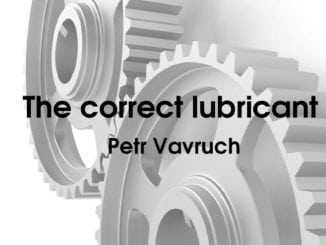I am a postgraduate researcher at the University of Leeds. I have completed my master's degree in the Erasmus Tribos program at the University of Leeds, University of Ljubljana, and University of Coimbra and my bachelor's degree in Mechanical Engineering from VTU in NMIT, India. I am an editor and social networking manager at TriboNet. I have a YouTube channel called Tribo Geek where I upload videos on travel, research life, and topics for master's and PhD students.
Future Trends in Automobile Tribology
Table of Contents
Introduction
Future directions in automotive tribology should focus on advancing technical aspects and researching areas related to fuel efficiency, emissions, durability, and the profitability of powertrain systems. Key recommendations include the development of a quantitative understanding of failure mechanisms like wear, scuffing, and fatigue, essential for improving computational design codes and creating reliable bench tests to predict the tribological behavior of full-scale automotive components accurately. Another priority is the development of affordable surface modification technologies suitable for various vehicle components, accommodating different fuels or lubricants under diverse operating conditions. Additionally, there is a need to deepen the understanding of lubricant chemistry and the influence of additives on lubricant-surface interactions. This foundational knowledge will facilitate the creation of new, environmentally friendly lubricants with extended lifespan, capable of handling increased soot and acid loading from exhaust gas recirculation (EGR), compatibility with catalysts, and suitability for lightweight non-ferrous materials.
Advancements in analytical modeling that incorporate various aspects of the physical behavior of lubricants constitute a rapidly evolving field, with a primary focus on reducing viscosity at high shear rates, especially in polymer-containing multi-grade lubricants. This development also addresses the viscosity increase under elevated pressure and delves into boundary friction and wear behavior within the mixed and boundary lubrication regimes. Models capturing the rate of degradation of oil additives are now emerging as well. A significant challenge for the engine tribology community is establishing an effective link between the physical tribology of components and the intricate chemical behavior and degradation of engine lubricants, both in the bulk fluid and at the surface. The overarching goal is to extend the lifespan of engine oils while concurrently minimizing engine losses.
Lightweight materials
Researchers in the industry are actively working on the development of lightweight materials, such as non-ferrous materials like aluminum and magnesium, to replace heavy cast iron blocks in engine and drivetrain components. Recent efforts have focused on applications like thermal sprayed aluminum liners and metal-matrix composites as alternatives to cast iron blocks. However, challenges arise as current automotive engine lubricants are formulated for cast iron blocks and may not be suitable for aluminum blocks, which exhibit poor wear resistance. Aluminum cylinder bores necessitate costly cast iron sleeves, prompting ongoing research into wear-resistant coatings for piston skirts or aluminum cylinder bores. A novel class of amorphous carbon coatings has also been developed to enhance the low friction and wear properties, contributing to improved durability of engine components. The density of lightweight materials remains a critical concern for ensuring material strength, and recent industrial developments include advancements in high-strength, high-density composite materials, high-volume liquid molding, hydroforming technology, structural adhesive bonding, and improved casting techniques. Collaborative efforts between industry and academia aim to develop new-generation vehicles that incorporate advanced powertrains, lighter and stronger materials, and environmentally friendly.

Figure-1 Advantages of lightweight materials in Automobiles [3]
Nanotribology in Automobile Industries
As automotive components transition from macro to micro to nano scales, surface adhesion forces dominate, introducing complexities not well-understood by conventional mechanical means. Nanolubrication emerges as a critical consideration, necessitating the exploration of unique mechanisms distinct from those in traditional lubrication. Researchers propose various nanometer-scale lubricating film designs to control nano/micro-scale surface properties. The demand for nanotribology or nanolubrication technology development in industry includes the need for nanostructured materials designed for enhanced strength, hardness, self-repairing capabilities, and safety. This encompasses carbon and ceramic materials surpassing conventional steel strength, polymer materials with threefold strength and no melting above 100°C, multifunctional materials to reduce friction, wear, and corrosion, addition of nanoparticles for wear-resistant aluminum alloys, nanocoatings for super-hardening and low friction on metallic surfaces, and nanoparticle-reinforced materials as potential replacements for metallic car components. There is also a call for models/simulations incorporating multi-scale computation leading to materials designed for specific purposes.
Standardising Automobile lubricants
Ensuring the proper performance of automotive lubricants requires a range of standard tests covering various aspects. Engine tests simulate diverse driving conditions, physical and chemical characterization assess the lubricant’s properties, and evaluations include its corrosivity, wear protection, and the effectiveness of the additive package. Additional information sought in lubricant characterization comprises tendencies to form deposits, oil oxidation extent, fuel efficiency, and emission system protection, with attention to limiting phosphorus in engine oil to avoid adverse effects on catalyst performance. While standard test methods exist for some lubrication functions, others may rely on manufacturer-specified tests. Different automotive lubricants have distinct test methods tailored to their service requirements. For instance, engine tests certify new oil formulations, while bench tests gauge fundamental properties like viscosity, pour point, volatility, shear stability, wear rate, and wear mechanism. Chemical and physical tests analyze lubricant composition, aging changes, and the characteristics of contaminants or wear debris.
Reference
[2] https://www.linkedin.com/pulse/sound-solutions-nvh-materials-automotive-d2asc/




